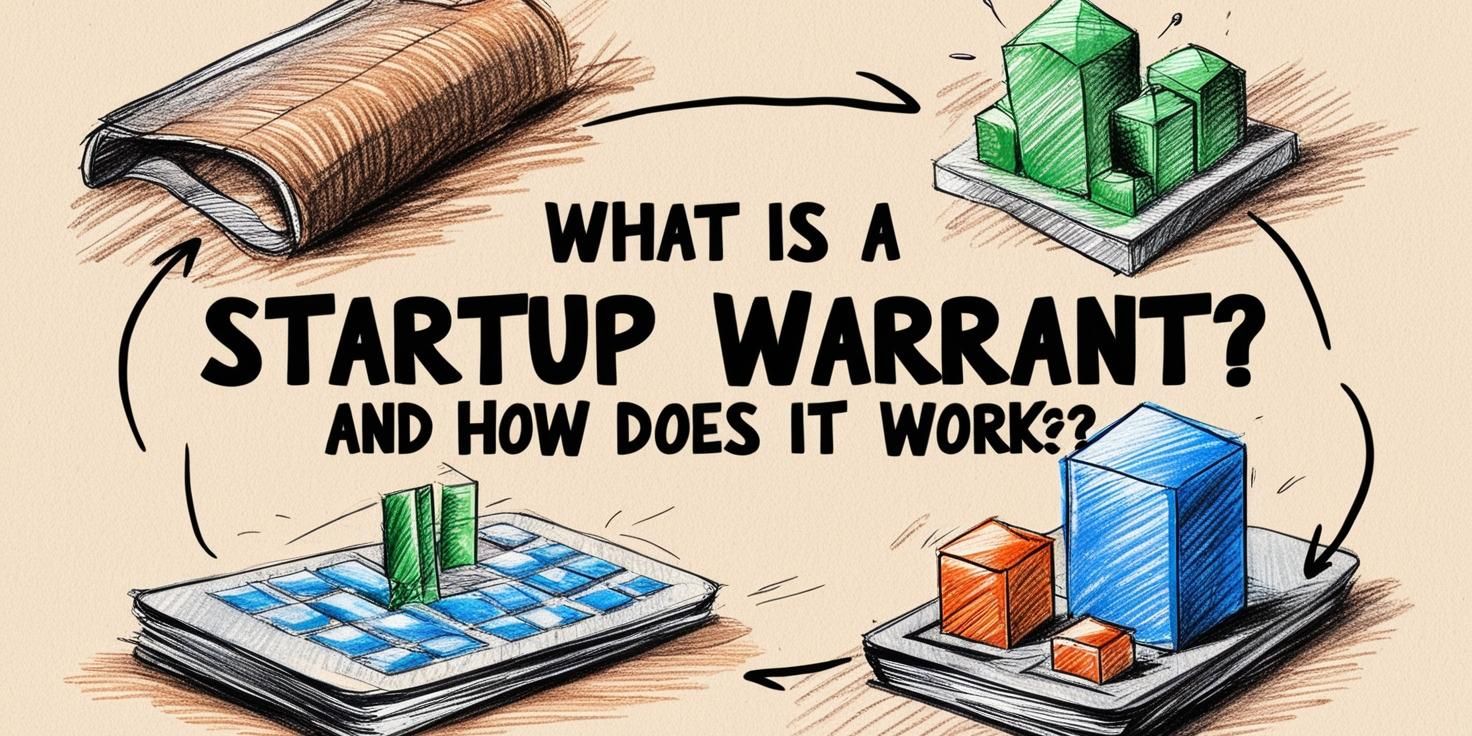Choosing the right funding instrument depends on your startup’s stage, financial needs, and long-term goals. Early-stage startups may opt for equity financing or convertible notes, while growth-stage companies might explore venture debt, mezzanine financing, or strategic partnerships. By understanding the pros and cons of each instrument, startups can secure the capital needed to scale sustainably while aligning with their vision.
Impact investing in startups represents a powerful way to drive meaningful change while achieving financial growth. By supporting startups addressing critical global issues—whether it’s clean energy, education, or healthcare—impact investors can play a pivotal role in shaping a better future. This approach underscores the idea that profit and purpose can go hand in hand.
A convertible loan structure is a flexible, startup-friendly financing option that bridges the gap between seed funding and venture capital. It benefits both startups and investors by combining the simplicity of debt with the growth potential of equity. While it has its risks, it’s an invaluable tool for early-stage fundraising when structured thoughtfully.
A startup sales plan is a critical tool for achieving predictable revenue growth. It aligns the team, focuses resources on the most effective strategies, and provides a roadmap for converting leads into loyal customers. With a robust sales plan, startups can transition from scrappy beginnings to scalable success.
A startup growth plan is essential for SaaS businesses to prioritize resources, set realistic goals, and track progress. Using the above example, a clear focus on acquisition, retention, and expansion—backed by metrics—can lead to $10M ARR by Year 5. This structured, data-driven approach provides a scalable roadmap for achieving long-term success.
Startup financial modeling is a critical tool for planning, managing, and scaling a business. It helps founders gain insights into the financial aspects of their business, attract investors, and ensure sustainable growth. A well-crafted financial model isn’t just about numbers—it’s a roadmap to achieving startup success.
🚀 What’s the difference between a Startup Incubator, Pre-Accelerator, and Accelerator Program? 🚀
If you’re a founder or aspiring entrepreneur, you’ve probably heard these terms, but do you know which one is right for your startup? In this video, we break down the key differences between these programs:
• Incubators: For nurturing early ideas and building a foundation.
• Pre-Accelerators: Perfect for startups ready to refine their business model and prepare for growth.
• Accelerators: For scaling fast and raising funds with a proven product or MVP.
👉 What you’ll learn in this video:
• How these programs differ in goals, duration, and support.
• When your startup should consider each program.
• Real-world examples to help you decide the best fit for your journey.
Whether you’re just starting out or ready to scale, understanding these programs can set you on the path to success!
#StartupFunding #BusinessModel
#AngelInvestors
#VentureCapital
#SeedFunding
#ScalingStartups
#InvestorReady
#StartupSuccess
#EntrepreneurTips
#FundingJourney
Understanding the funding stages of a startup is crucial for entrepreneurs looking to scale their business and for investors aiming to maximize returns. Each stage serves a specific purpose, from validating the idea to scaling globally or going public. By tailoring your funding strategy to your growth stage and leveraging the right resources, your startup can successfully navigate the journey from inception to maturity.
Valuation isn’t just about ARR—it’s a combination of financial metrics, growth trajectory, market opportunity, and investor sentiment.

